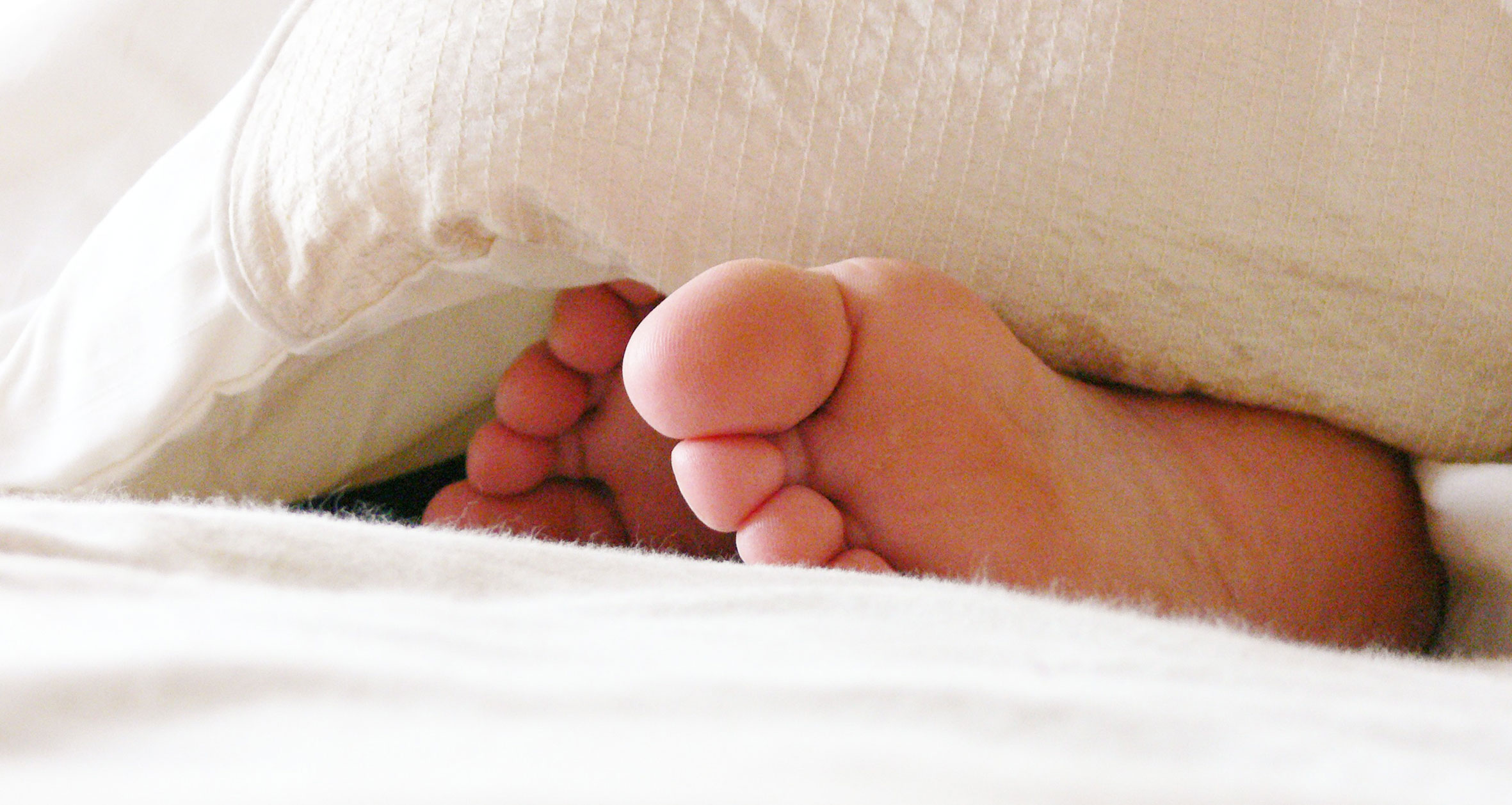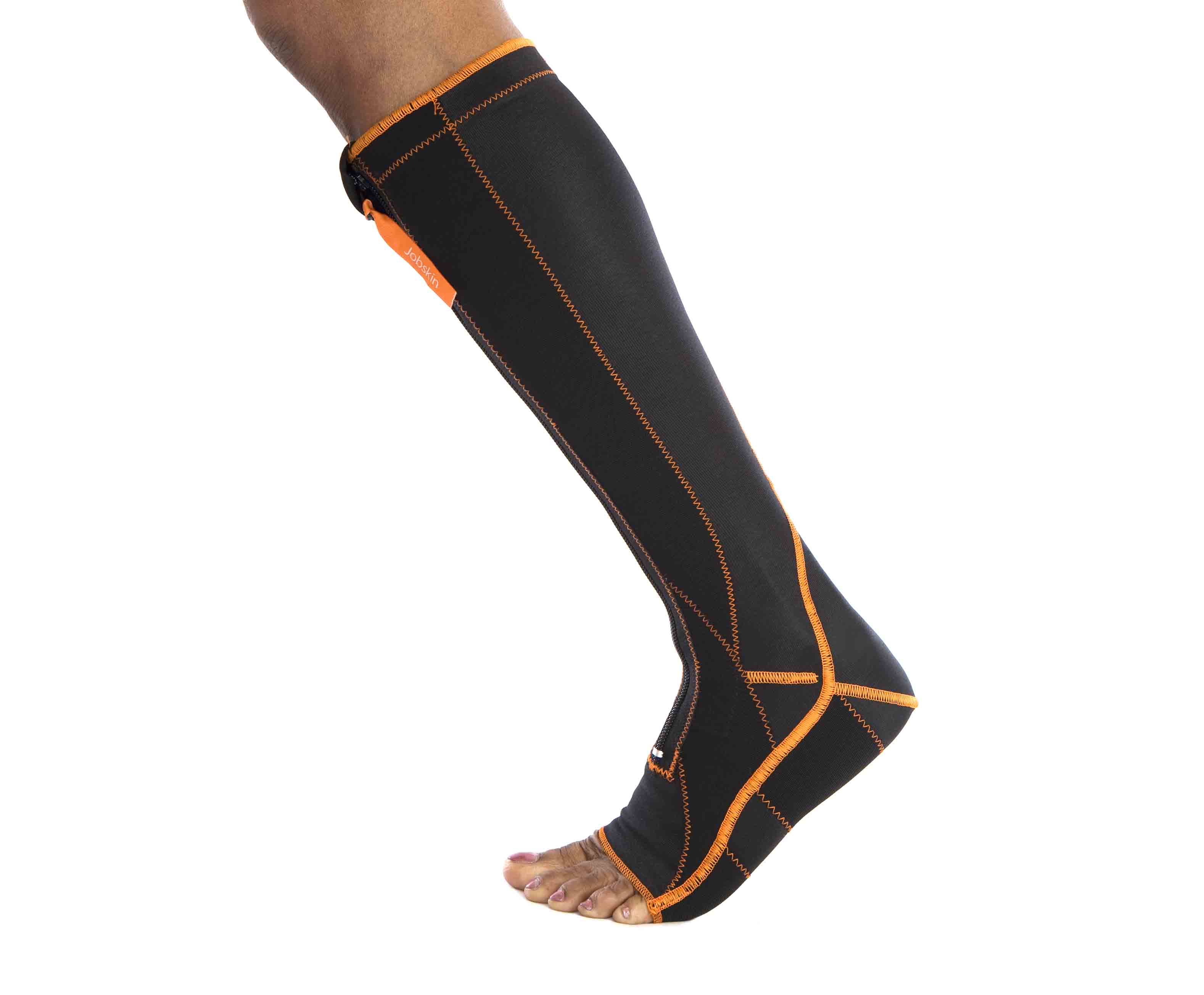Foot drop, sometimes conversely referred to as 'drop foot', is a generalised term applied to difficulty with lifting and moving the front part of the foot. The condition is not a disease; it is a symptom of an underlying problem that can be anatomical, muscular or neurological.

There are many ways in which foot drop can be caused. The most common reason for foot drop is an injury to the nerves which control muscular movements that lift the foot. This can be caused by a slipped disc, diabetes-related peripheral neuropathy, surgery to replace a hip or knee, long periods of immobility or simply by repeated kneeling, squatting or crossing of the legs.
Less commonly, foot drop can result from a range of medical conditions including Charcot-Marie-Tooth disease, muscular dystrophy, motor neurone disease, strokes, multiple sclerosis, cerebral palsy and Parkinson's disease.
Foot drop is sometimes a temporary condition but can be permanent in some cases. As foot drop can be caused by so many factors, it is difficult to estimate how many people have the condition.
The difficulty with lifting the front part of the foot means that it often drags on the floor when the patient is walking. Patients often compensate for this by adopting a steppage gait, which can result in the patient slapping their foot down onto the ground with each step taken. Sometimes, the patient can experience numbness in the affected area. Patients with foot drop are at higher risk of tripping and falling due to the condition.
Treatment options depend on the underlying cause of the foot drop. Physiotherapy to stretch and strengthen muscles can help, as well as the wearing of splints, braces or shoe inserts that hold the foot in position. Patients who have foot drop caused by nerve damage, such as those who have had a stroke or who have multiple sclerosis, are sometimes fitted with a small device that provides electrical nerve stimulation.
 Dynamic compression can also deliver therapeutic value to patients with foot drop. The full-contact, made-to-measure SDO® (Sensory Dynamic Orthosis) sock from Jobskin®, which is made from premium-quality Lycra®, can provide increased sensory and proprioceptive feedback to the wearer while providing musculoskeletal alignment and support. Also ideal for assisting with dorsi-flexion/resist plantar flexion, the sock can be used with a range of clinician-selected reinforcement panels.
Dynamic compression can also deliver therapeutic value to patients with foot drop. The full-contact, made-to-measure SDO® (Sensory Dynamic Orthosis) sock from Jobskin®, which is made from premium-quality Lycra®, can provide increased sensory and proprioceptive feedback to the wearer while providing musculoskeletal alignment and support. Also ideal for assisting with dorsi-flexion/resist plantar flexion, the sock can be used with a range of clinician-selected reinforcement panels.
Available in below-knee and above-ankle formats with either closed or open toes, the SDO® socks can be customised in various ways, such as with the addition of silicone edging and several options for zip placement. The socks can be personalised with patterned zips and colourful bindings which help encourage patient compliance.
For further support and information about foot drop, you can visit the website of the National Foot Drop Society.
Image credit: Mr TGT, 2006. Available at: https://www.flickr.com/photos/mrtgt/122224175